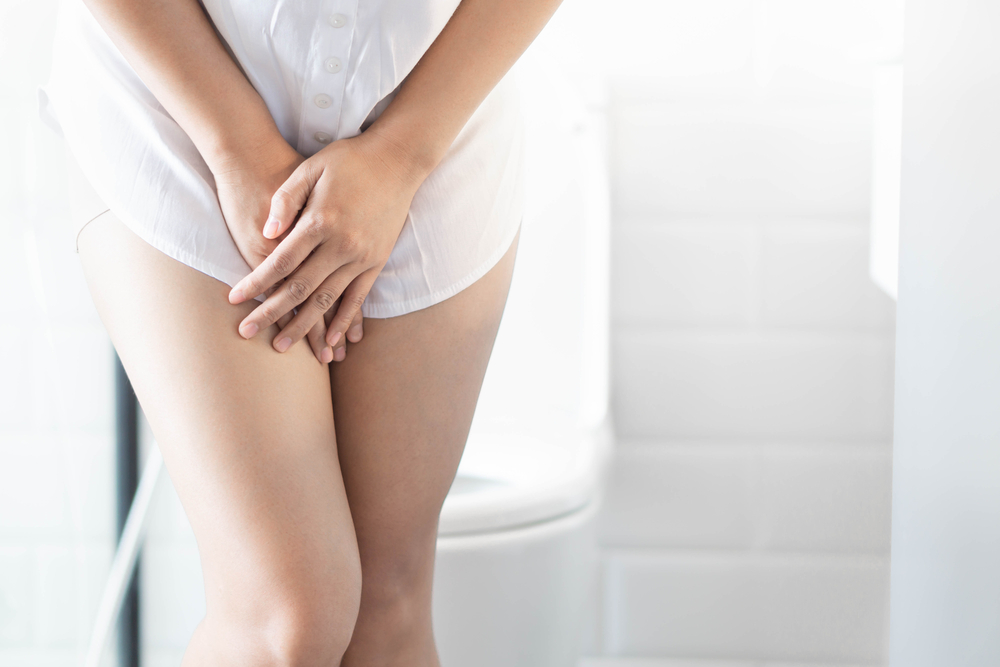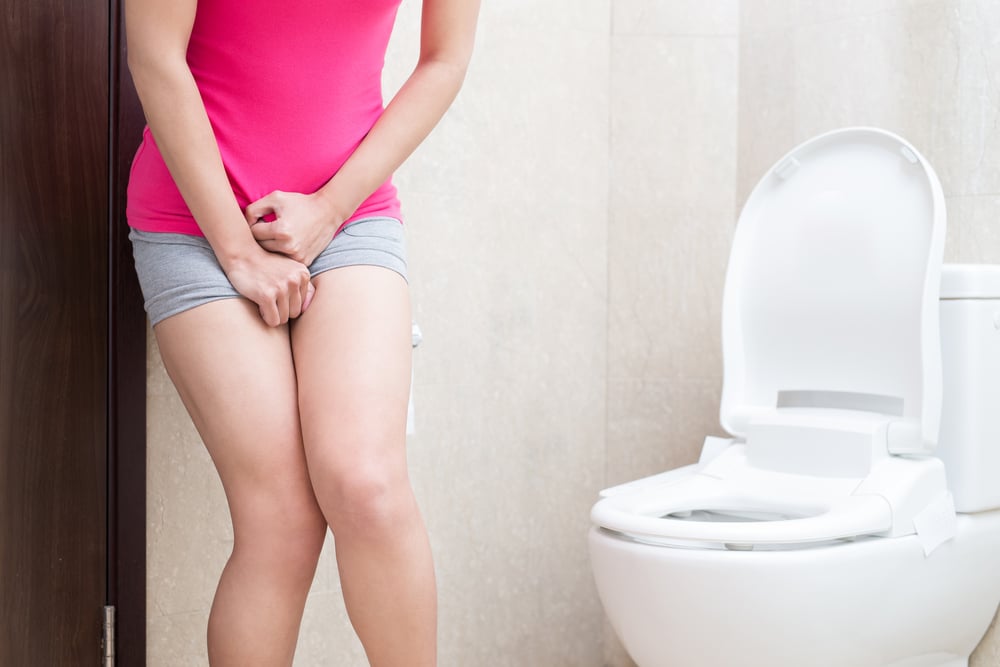Incontinence is defined as the involuntary loss of bladder and bowel control. According to The Canadian Continence Foundation, approximately 3.5 million Canadians experience some form of incontinence. “Individual research estimates for the prevalence of incontinence in Canada range from 2% to 50% of the population, depending upon the study, the research method, and the questions posed,” they report.
What are the four types of incontinence?
Stress incontinence results when the pelvic floor is weakened. This can sometimes happen following childbirth. Those who struggle with their weight may also experience this form of incontinence. As well, leakage can occur following such pressure-inducing acts as coughing, sneezing, laughing or even exercise.
Urge incontinence is also known as having an OAB – overactive bladder. It’s defined by having frequent or sudden needs to urinate. Sometimes, people who experience urge incontinence feel they have to relieve their bladders when their bladders are actually empty.
Overflow incontinence is more common in men than it is in women. It occurs when the bladder doesn’t completely empty itself all the way. This could be caused by a blockage or muscle weakness. As a result, leakage occurs during moments when there isn’t an urge to urinate.
Functional incontinence is caused by such medical conditions as arthritis, dementia or other disabilities. These conditions can make it difficult to get to the toilet.
What can be done to manage incontinence symptoms?
Create a bathroom schedule. While it may take up more time in your day that you would like, it’s wise to alleviate pressure on your bladder in a timely manner. Try visiting the bathroom each hour to ensure it is emptied at will. By training the bladder, in this way, it can help you predict when you need to go so you don’t get taken by surprise.
Do pelvic exercises. What may seem like a strange activity is actually an excellent way to strengthen the system of muscles, ligaments and nerves that support your bladder. From a seated position, flex and release your muscles that are used to hold in urine. Try this at least three times a day.
Avoid consuming bladder irritators. Citrus, chocolate, alcohol and caffeine all fall in the category of foods to avoid. They all impact the acidity of urine which causes irritation to your sensitive bladder. It’s a good idea to document what you eat to help find correlations between what you consume and the severity of your incontinence.
Which incontinence products should you use?
The incontinence products offered by Advantage Home Health Solutions are designed for your comfort and security. They are made with a contoured body shape, a soft surface that feels dry all the time and odour control. We have a comprehensive range of incontinence products available and will provide you with all the information you need to make an informed choice about the best solution for your specific need.
At Advantage Home Health Solutions, we always ensure that you have the complete picture to make an informed decision. Please don’t hesitate to give us a call at 403-460-5438. You may also email us by filling out the form on our Contact page!



